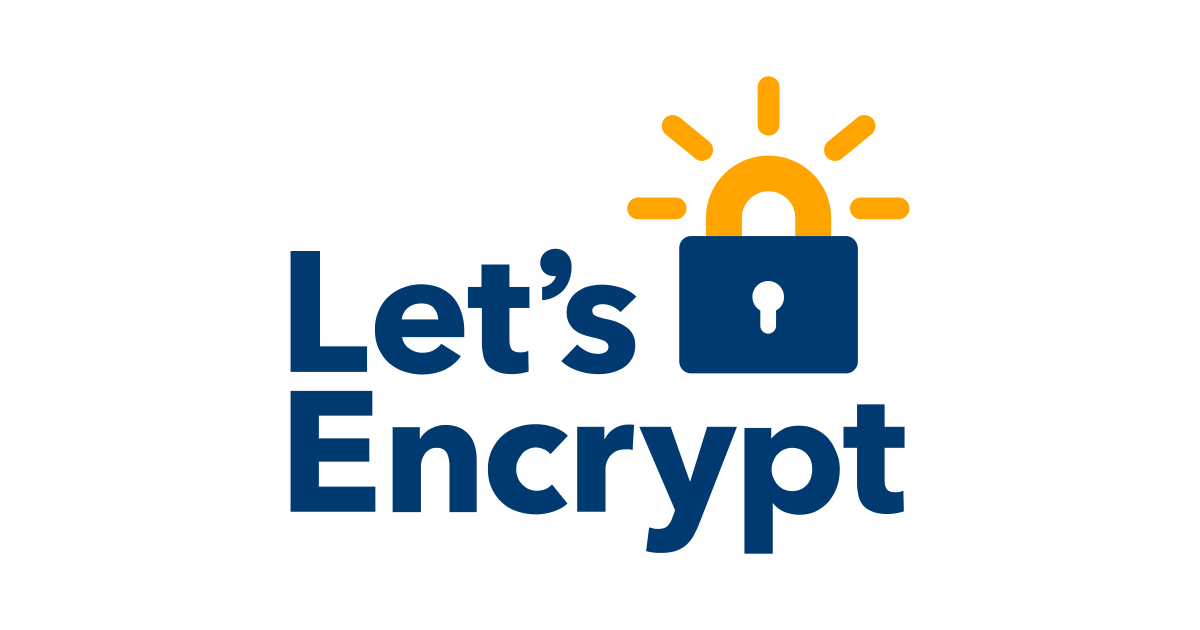We are very excited to announce the preview release of ACME support in NGINX. The implementation introduces a new module ngx_http_acme_module that provides built-in directives for requesting, installing, and renewing certificates directly from NGINX configuration. The ACME support leverages our NGINX-Rust SDK and is available as a Rust-based dynamic module for both NGINX Open Source users as well as enterprise NGINX One customers using NGINX Plus.| NGINX Community Blog
Last updated: Nov 12, 2024 | See all Documentation Let’s Encrypt uses the ACME protocol to verify that you control a given domain name and to issue you a certificate. To get a Let’s Encrypt certificate, you’ll need to choose a piece of ACME client software to use. The ACME clients below are offered by third parties. Let’s Encrypt does not control or review third party clients and cannot make any guarantees about their safety or reliability.| letsencrypt.org

